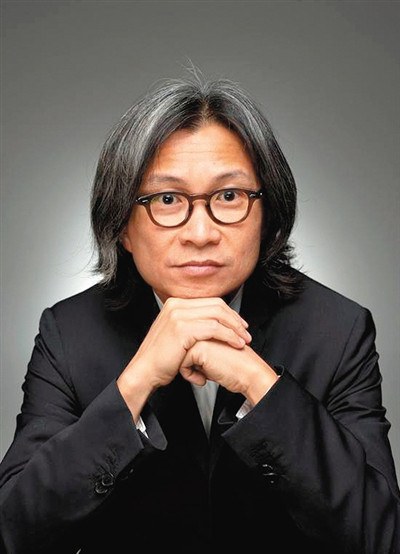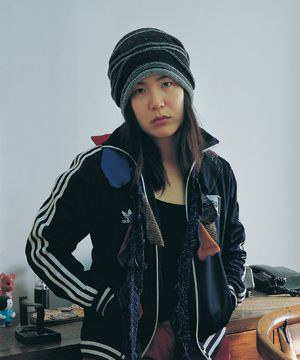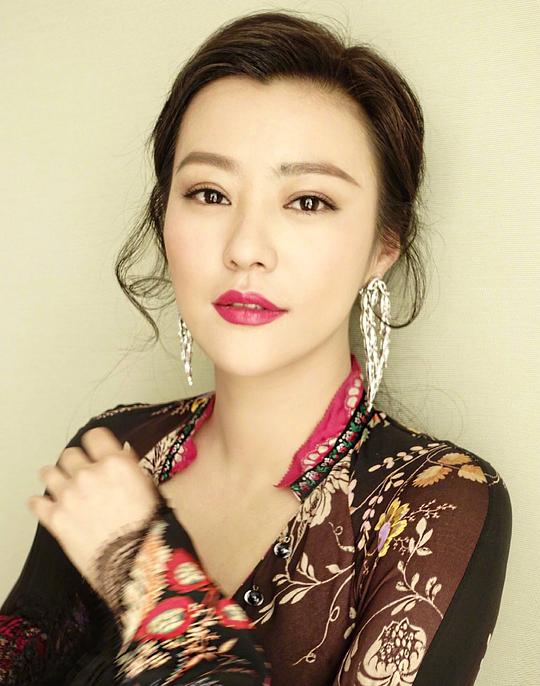第14届FIRST青年电影展颁奖典礼(2020)

又名: 第14届FIRST青年电影展 / The 14th FIRST International Film Festival(2020) / The 14th FIRST International Film Festival
主演: 陈可辛 曹斐 郝蕾 孔劲蕾 刘恒 章明 赵楠 黄渤 黄轩 文牧野 井柏然 易烊千玺 宋文 王传君 谢飞 周一围 王学兵 周洲 池韵 李春予 周青 王晓振 许慧晶 肖一凡 祖峰 马伊琍 曹保平 姜思达 董性以 周圣崴 宝音格西格 包亦凡 宋思琪 段奕宏 季竹青 顾真松 高群书 黄宇聪
类型: 真人秀
制片国家/地区: 中国大陆
上映日期: 2020-08-03(中国大陆)
豆瓣评分:0 下载地址:迅雷下载
简介:
- 本届FIRST青年电影展将于2020年7月26日至8月3日在西宁举办。影展评委会主席为陈可辛,评委会成员有艺术家曹斐、演员郝蕾、剪辑指导孔劲蕾、编剧刘恒、导演章明、声音指导赵楠。七人组成的评委会“拍砖团”将最终决定十项荣誉的归属。
演员:
影评:
感觉FIRST在把自己围起来 今年的超短片颁奖 影展工作人员上台提到的人拍的短片 拍出来都是些啥? 这种水准 说没走后门谁信啊 今年长片的选片水准更是一言难尽 《瘾》《未见莲华》《回南天》简直不知所云 一个(段)故事都讲述或记录不好 拿出来给人看什么? 不知道什么时候开始 偏文艺或者伪文艺风格的电影就成了FIRST爱好者的偏爱 任何有着成熟制作的影片都会被质疑不用或者为什么来FIRST参展 好好看看你们的Title 青年电影展 为什么有着成熟制作的不用来 我想FIRST的初心是给青年导演们机会 你管什么制作呢 就非得手持 长镜头 无意义的空境才是OK的?可能这三点就是FIRST今年选片的标准 本来文化环境就不好了 还选这些毫无意义的电影给人看 你们是真的没啥推动发展的心 就自嗨嘛 不要伪文艺 故事片要讲好故事 纪录片要能客观的记录一段事物 不要强加无意义的技术 你们没有那个水平 节奏都掌控不好还长镜头 能把最基本的做好就不错了 说下对于这次活动组织的感受 也就比大学的那些活动组织好一点儿 我都毕业快十年了 并不想梦回大学 影片排期问题真的绝了 你竟然分上下半程 那就麻烦弄一样的排片 不要这个上半程有 那个下半程没有 你都十四届了 都还掌握不好排片的间隔时间 赶场像赶死一样 有映后交流就不能把时间拉长一点吗?还有排队地点人员分类混乱 志愿者踩点到场做安排 好吧 说起来和大学那些活动组织差不多 这是我第一次作为影迷来FIRST 或许就是最后一次了 不管是影片质量 还是活动组织 都挺烂 烂
下了飞机 看见获奖名单 本来就是矮子里拔高个 有些东西不觉得惊讶 但是看到演员奖项 恶 FIRST已经开始成了某些不温不火想转型的人的一种证明 甚至是一种洗白方式
其实还听见一个八卦 志愿者们住的地方在西宁火车站附近 而且每天活动结束还得自己打车回 车票不报销哦 所以各位大学生们还是来当个观众最好 以后工作了有的是累死的时候 没必要现在来受这罪
When the plane landed in the warm and humid south, with the boredom of returning to the south and the uneasiness of typhoon season came all together, I realized that the trip was finally over. After more than ten days of mixed emotions, the FIRST International Film Festival(shorted in FIRST) itself has also become a film that spans July and August.
The sweetness of time also points to the transience of time. By the time I got into the taxi at the airport, my memory of the film festival had begun to blur, leaving only one solid, clear fact: a youth storm had taken place in Xining, and I had been lucky enough to participate in it.
As a southerner, the yearning for Xining is almost innate. This yearning from the latitude difference, from the sense of distance. When I settled down in Xining, I felt the fading of my past life. The volunteers with uniforms holding up the FIRST sign at the airport gave me a new life direction. FIRST created a field for the cinephile, a scenery built around Tang Dao 637.
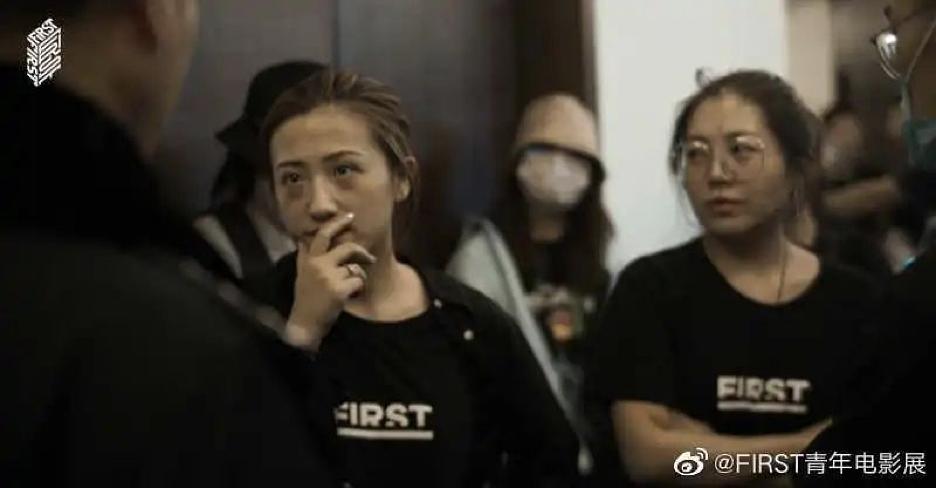
In this purposefully created field, cinephile came. Put down their identity, put down all the insecurity and anxiety. They are scattered in Wanda, Tang Dao, Qinghai Grand Theater, Guozhuang Square. People are regularly communicating, giving feedback, and responding. As if they were decorations in this vast set, the passersby were excluded by the cinephile.
Cinephiles recognize the FIRST's uniforms, the volunteer pass hanging around his neck, the cinephile pass, the media guest pass, and the film producer pass. When two FIRST participants met at the Wanda Mall, they smiled. It is a sense of family identity.
FIRST takes every cinephile out of their old identity, unshackles the past, and puts a piece of FIRST's identity on their bare skin. So the people with the same interests could finally be recognized by each other.
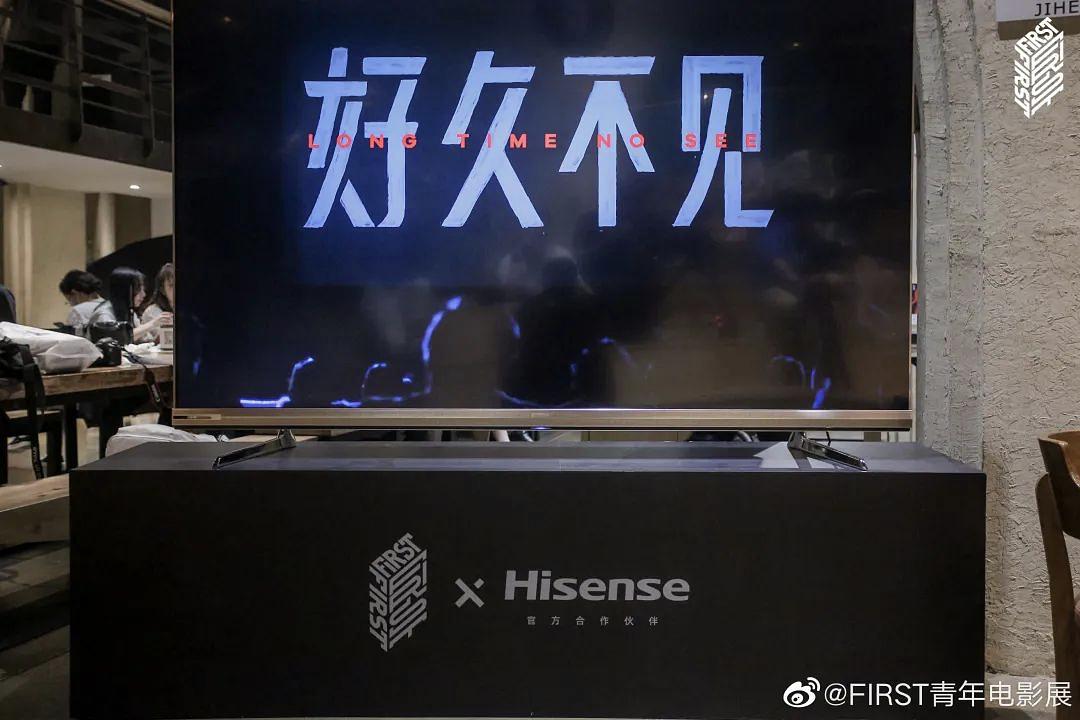
The theme of "FIRST" has also been associated with the word "liberation." Each year the audience is asked to discard their old thinking model and embrace a new consciousness. During the film watching, stereotypes are discarded, and new cognition is gained.
FIRST has always used Chinese, young, and emerging images as their higher priority in their film selection. The audience is well aware that they are not here to see the classics and gain it. They are here for the collision. No one comes to FIRST to seek comfort, and the experience of watching movies is no longer a passive acceptance of images. Cinephile of FIRST will never allow their judgments to be dictated by the jury and established standards that previously exist.
In Qinghai Grand Theater, every movie fan will be challenged by the cinematic image. Here, there is no set standard for criticizing films, neither for those who make them nor for those who watch them. In other words, when we watch FIRST's film, we are not criticizing whether a film is good or bad. We are thinking about the possibility of a cinematic image's ideographic ability and expression formula.
People on both sides of the screen are trying to break through the image. The creators behind the screen resent the existing, increasingly rigid, and commercial expression of cinematic images. They launched a general attack on these cinematic images. Recognition behind the screen is continuously innovating, expressing, breaking, and creating.
The people in front of the screen are watching, thinking, defining. As cinephiles look at these new images, they are also taking on a challenge that challenges all their film appreciation habits and instincts. In the absence of established standards of criticizing, every audience must begin to face up to his meta-cognition of cinematic image representation. Under the observation of their meta-cognition, a new aesthetic system, and a new criterion of judgment are being established.

During this process, the aesthetic judgments of the participants are aggregated into representational scores. The ratings have nothing to do with the film's actual quality but with how well the audiences have accepted it. The audience that fills Qinghai grand Theater ceaselessly has formed a brand-new aesthetic organization, a new fan club. The name of the club is FIRST.
FIRST's obsession with youth and the animated film also helps the cinephile who keep coming gradually realize their situation. The new aesthetic standards are built step by step in the ratings that audiences hand in time after time. The rating is the metonymy of the distance from the ultimate myth of aesthetic cognition.
Therefore, I always have high respect for the curator, Lian Duan, and the FIRST film selector group. Not only do they provide a platform to watch films, but they are also trying to guide Chinese films. When Lian Duan chose Nova as the opening film under tremendous pressure, we could realize that FIRST is not a pure film festival. It belongs to anyone who has an opinion about the cinematic image.
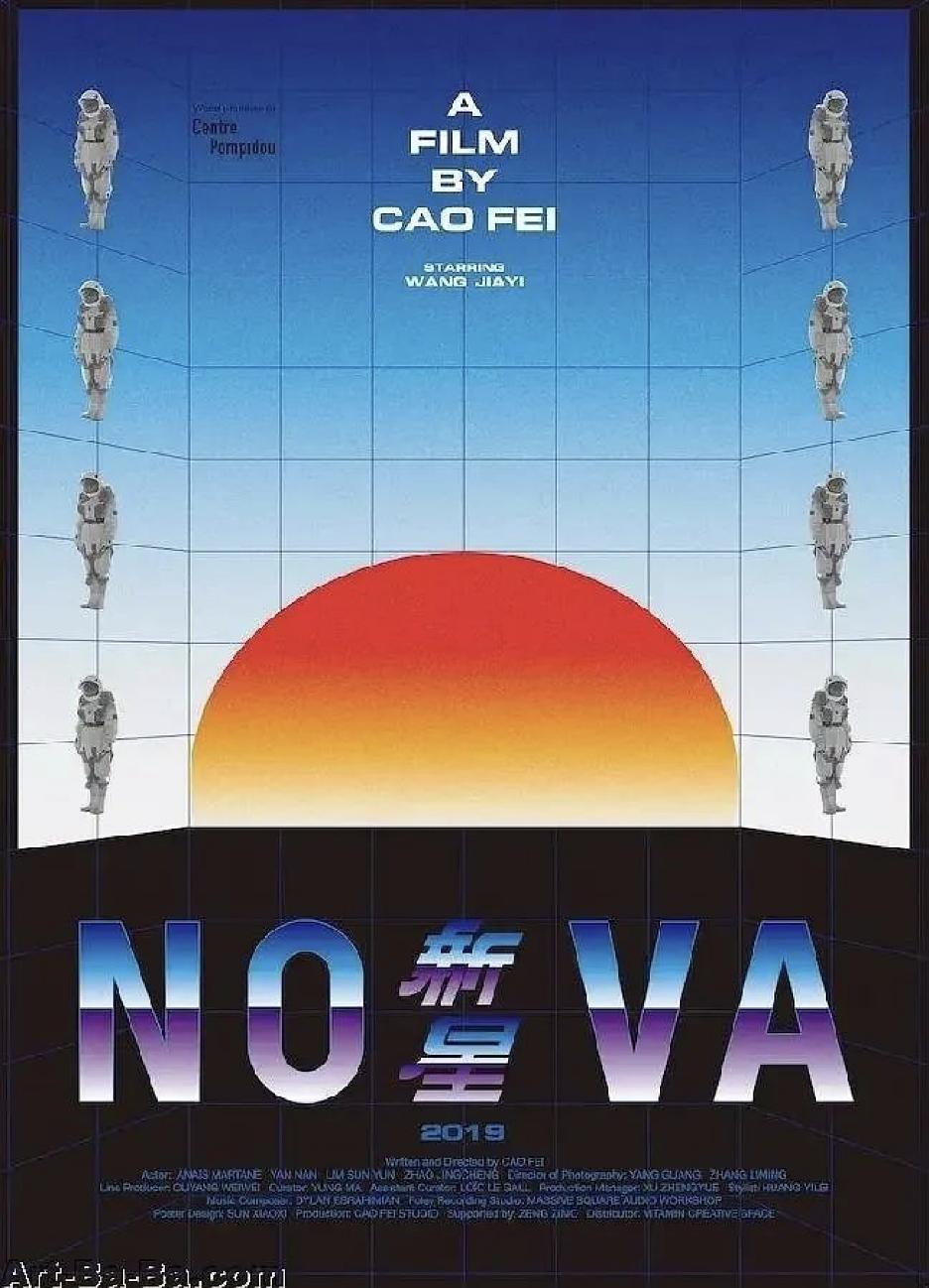
Some people express, some people think, some people comment. The reviewer pays homage to the presenter, and the presenter reconsiders and refines the image and perception of the image from the reviewer's comments. In such a benign movie-watching ecology, a new image paradigm could be established. Maybe this new paradigm will become rigid and lazy after ten years. However, as long as FIRST is in operation, fresh blood will continue to flow from Xining to the rest of the world. The attitude of Chinese pioneer film will never be dead. It will always be young and active.
However, we can hardly predict what will happen ten years from now, let alone make a judgment on what will happen ten years from now. We can only look at the films in front of us, the films of 2020. And see how our era is reshaping filmmakers and what films are in our time.
There are films with different levels of quality, good, bad, bland, or controversial. To find the exemplary film in 2020, we need to look for the film that is both controversial and expressive.
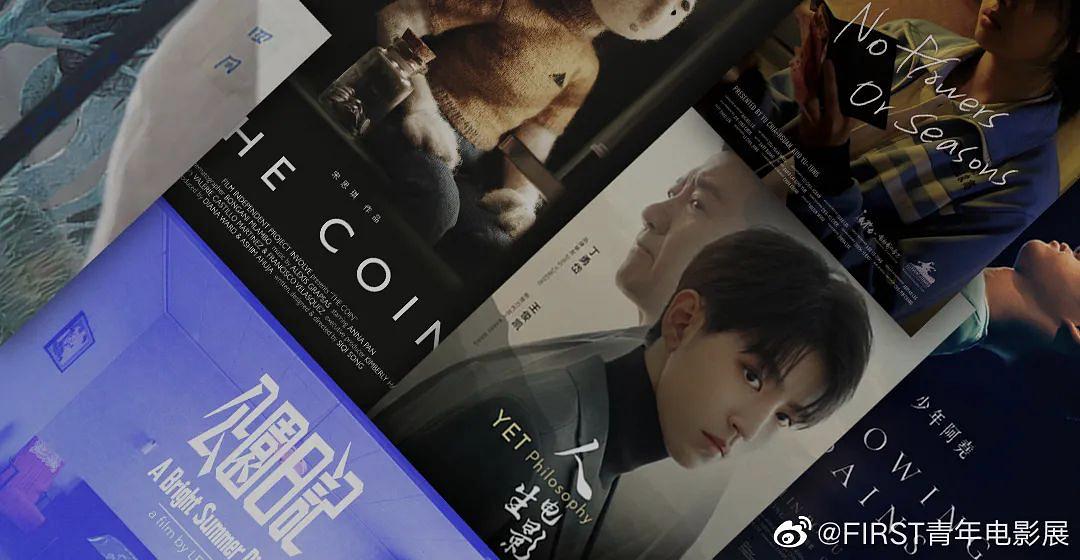
All films worth thinking about point to a similar theme: the conflict between film images and media images. This conflict is reflected in the hit Art is Dead and in the documentary form of Tough Out and the artistic film Nova.
On the expression of it, this contradiction will be reflected in filmmaking techniques and selection of images in the media, such as the VLOG filming techniques director Shengwei Zhou used in Art is Dead, the broadcast media in the short film the Monster in the Box. The repeated live scene in the Tough Out. The audience is susceptible to expression, and they immediately realize that the origin of these images is the spread of increasingly powerful media images.
However, this contradiction is more profound, which directly points to Chinese audiences' deep thinking on images' ideographic ability. Ideologically, the contradiction points to the opposition between true and false. In today's era, the dominant power of the media image is gradually surpassing film image. In the network era, even the most classic films have to submit to the streaming media.
However, the media image's essence is built in an unauthentic, contrary to the cinematic image's nature. Like the monster in the Box shows, all live broadcasting is subordinate to advertising recommendation. This makes the image itself into an idea worth selling. The authenticity of the cinematic image itself is constantly disintegrated and hollowed out, and finally, only the audience and performers' economic treatment could remain.

In "Art is Dead," directed by Zhou Weiwei, VLOG is the main argument. Starting with a lie deliberately shatters all footnotes to the authenticity of the cinematic image. The audience finds that even the most authentic images can only be subordinated to a deliberate lie in this era. The idea that "art is dead" is always hovering over the audience, becoming the filmmaker's Damocles sword.
We continuously ask ourselves if the film's purpose is fiction, why the nature of the film should be real.
In Nova and Tou Out, the conflict goes even further. The innovative treatment of the set in New Star locks in the camera's perspective. As a kind of documentary note, the image records the virtual expression of a real event. In the meaning of constant disintegration and rebirth, to repeat themselves. The audience doesn't come to a complete understanding of the film until the final gathering scene.
It's a kind of cinematic derangement, where the film world's openness is eliminated by the deliberate Settings, where the director is reminding us that film is nothing more than the ultimate vision of painting and narration tool. The film is being used again, forced to serve the construction and subsidization of the psychological reality of Virtual Spaces.

Tough Out is undoubtedly the model for this FIRST's documentary. There are two fundamental reasons: the choice of shooting techniques and the choice of shooting objects.
Of course, the most impressive part of the shooting technique is Mahu's motorcycle shake dancing scene. The audience finds that a variety of montage of mixed cuts can be so presented in the documentary naturally. This treatment for the whole cinematic image to enhance a lot of ornamental and pleasure.
In documentaries, when every narrate intention is locked in the scenery of reality, the audience can only expect the film's dramatization, namely, the dramatization of reality.
However, we have to think about why the film's acceptance of this technique that previously is seen as a violation of documentary characteristics. Where did our ideas come from? A decade or so ago, such treatment might have been criticized as juggling and disloyalty, but now it is natural and normal.
The image has provided the answer. The rise of the composite silhouette image and the impact of many audio-visual streams in the media in recent years. These inspirational images have permeated our lives, from advertisements to entertainment, from variety shows to movies. It also points to why Mahu is currently the poster object for documentaries. It is also because of the invasion of media images. We found that Mahu often sang songs that were difficult to understand at his age. His desire to appear in front of the camera is surprisingly high.
We finally found out the reason when we saw Mahu's father. His fathers' total acceptance of live streaming and short videos largely influenced Mahu's behavior. Therefore, he is more sensitive to the camera than other children because he knows that the essence of the camera is a performance function like live media. We cannot refuse to admit that the exemplary behavior he presents in the film, which makes us continuously laugh and sigh with emotion, also comes from our subconscious interaction and feedback with the live media.

On second thought, this contradiction is vaguely manifested in almost every FIRST image, but in different degrees. Many films are more inclined to summarize and reflect on films' traditional meanings, such as Harhuu, Daughter of the Light, A Branch to Roost, Slow Singing, and other films.
Slow Singing is undoubtedly exemplary of these idiosyncrasies. Although it does not focus as much on exploring the ideographic power of images as previous films do, it is the ultimate exploration of the permutation and combination of ideographic programs that already exist in films. Such images also represent the attitude of FIRST filmmakers, who not only pay attention to breakthrough and avant-garde but also focus on image introspection and reflection.
In any way, FIRST has the magic of youth. The charm of youth is not one individual, but the youth of an idea and a spirit. If you love films and are keen to contribute to them, please come to Xining.
There may not be classic, mature films. However, there are endless possibilities, positive and belligerent cinematic styles, artistic instincts that are reluctant to define, and vision statements of contemporary philosophy.
 The writer is pictured with Xingyi Dong, director of Slow Singing
The writer is pictured with Xingyi Dong, director of Slow SingingHere, the youth people understand themselves better, understand the surroundings, understand The Times. They also gain a kind of responsibility, a kind of responsibility to humanity, to the film.
Let me sum up this FIRST International Film Festival’s experience in the following sentences:
The film is like everything; it passes by our life. The film, unlike anything else, it stays in our lives.
